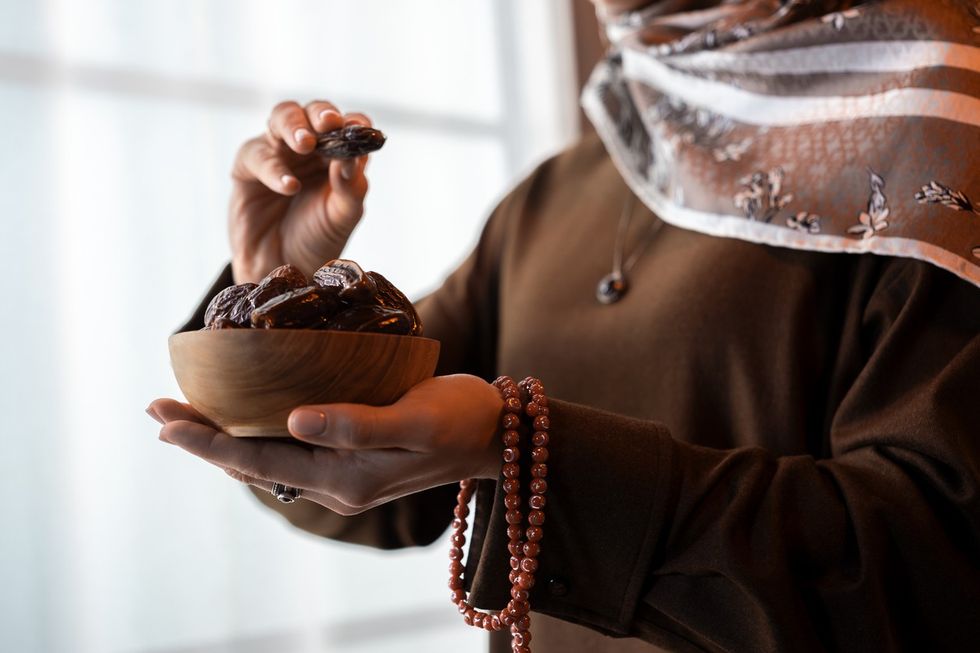QUESTION: Sadhguru, why should we keep our eyes closed in most asanas?
Sadhguru: If you close your eyes, the world disappears – unless you have your own false world in your head. Right now, I am looking at you. If I close my eyes, you are gone for me. Unless your imagination is running wild because you have no control over it, if you close your eyes, the world is gone for you. When you do an asana, you want to internalise everything. One basic step towards any internalisation is to close your eyes. If you eat something very good, if something hurts, if something is nice, if you really want to experience something, you close your eyes. This happens naturally when you want to internalise something, because out of the five senses, your vision is the most outwardly engaging process.
If you lose your vision, you lose 50 per cent of your engagement with the world. The other four senses – smell, touch, taste, and hearing – together make up for the remaining 50 per cent. If you lose your vision, your sense of hearing and your sense of smell will improve, but fundamentally, especially for a human being, vision is the
most dominant sense. By contrast, a dog – for example – perceives the world through its sense of smell. It knows who you are not by looking at you, but by smelling you. But for a human being, since your vision is the most dominant sense for you, once you close your eyes, half the world is shut off. So, internalisation works best when your eyes are closed.
Toe to toe
Question: Sadhguru, why should the big toes or heels touch in certain asanas?
Sadhguru: When you bend forward, your heels should always touch because the muladhara should be tight. Otherwise, bending forward, there is a natural movement towards the muladhara, which we want to arrest. In a way, the sole of the foot is a minor manifestation of the whole body. If the toes touch, suddenly the whole system functions differently.
You will see in India, if somebody dies, they will take an organic string and tie the big toes together as this prevents certain things from entering the system. You do not always know what atmosphere you are in. When the big toes touch, you do not take in what is around you, plus you become a complete circuit by yourself.
You are anyway a full-fledged life, though most human beings experience themselves as half a life. If they do not have certain things, they will feel empty. One aspect of yoga is to set up your energies in such a way that if you sit here, you are complete by your own nature – you do not need anyone or anything to make you complete. If you interact, it is a contribution, and not a seeking to fulfill yourself.
This is a clear way of setting yourself up in such a way that you are not a vested interest – not out of morality or ethics, but by your own nature, because you are complete within yourself. To establish this sense of completeness, it is important to keep the toes together.
In certain asanas, either the big toes should be together or your muladhara should be supported. That way, you are constantly working towards making yourself into a complete process, so this sense of incompleteness, this sense of not being whole will go away.
Heel to perineum
Question: In asanas such as ardhasiddhasana, vrikshasana and yogamudra, the heel should touch the perineum. What if it is anatomically not possible or if it slips? Sadhguru: If you partially sit on the heel, it will always touch this three-fourth of an inch space that the perineum is. Whether the heel slips or not depends on how comfortably it goes to the perineum. Once you become more flexible, it will stay there. When you do janurshirsasana, for example, do not move the heel away for your convenience. The important thing that you want to create in these asanas is full pressure on the muladhara.
Ranked among the 50 most influential people in India, Sadhguru is a yogi, mystic, visionary and bestselling author. He was honoured with the Padma Vibhushan, India’s highest civilian award, in 2017, for exceptional and distinguished service.






 Big Bear Lake, CaliforniaiStock
Big Bear Lake, CaliforniaiStock Las Vegas strip in Nevadaistock
Las Vegas strip in Nevadaistock Skyline, TampaiStock
Skyline, TampaiStock Mayan ruins of Altun HaiStock
Mayan ruins of Altun HaiStock Cancun beachiStock
Cancun beachiStock Old San Juan’s cobblestone streetsiStock
Old San Juan’s cobblestone streetsiStock Old Port of Montreal iStock
Old Port of Montreal iStock











 Stricter regulations will be put in place to safeguard young consumersiStock
Stricter regulations will be put in place to safeguard young consumersiStock




